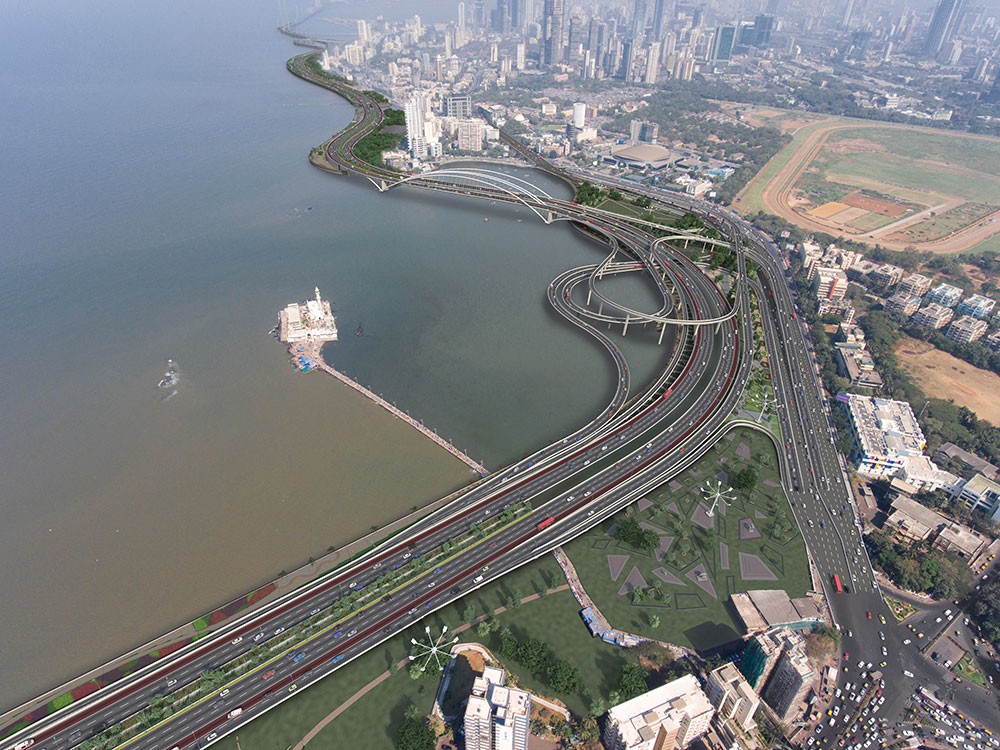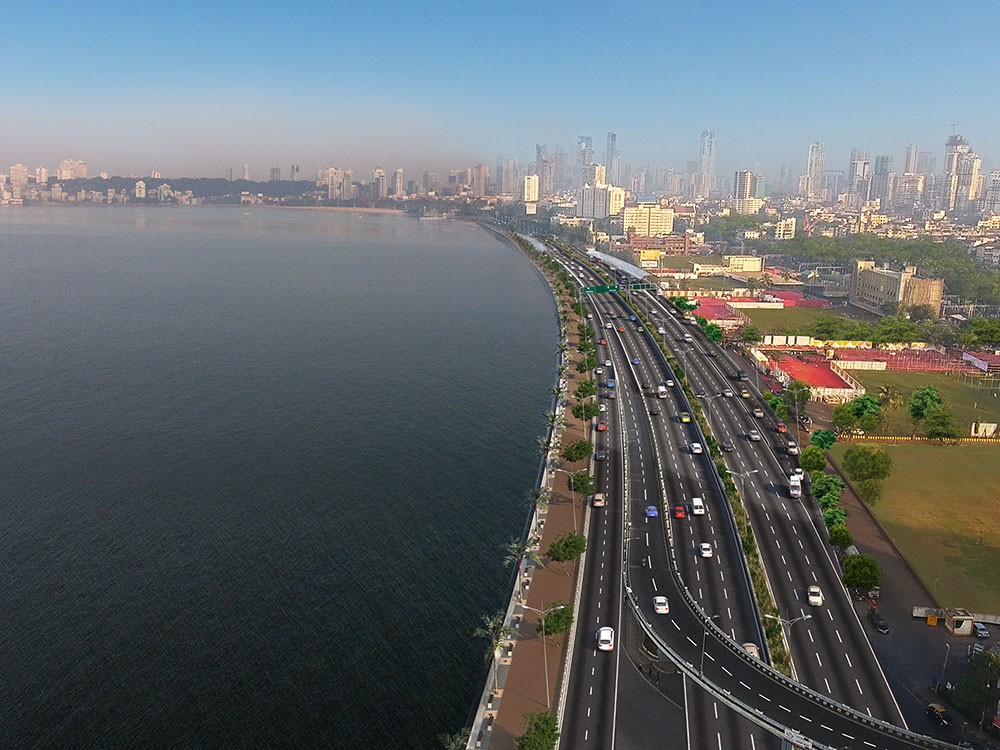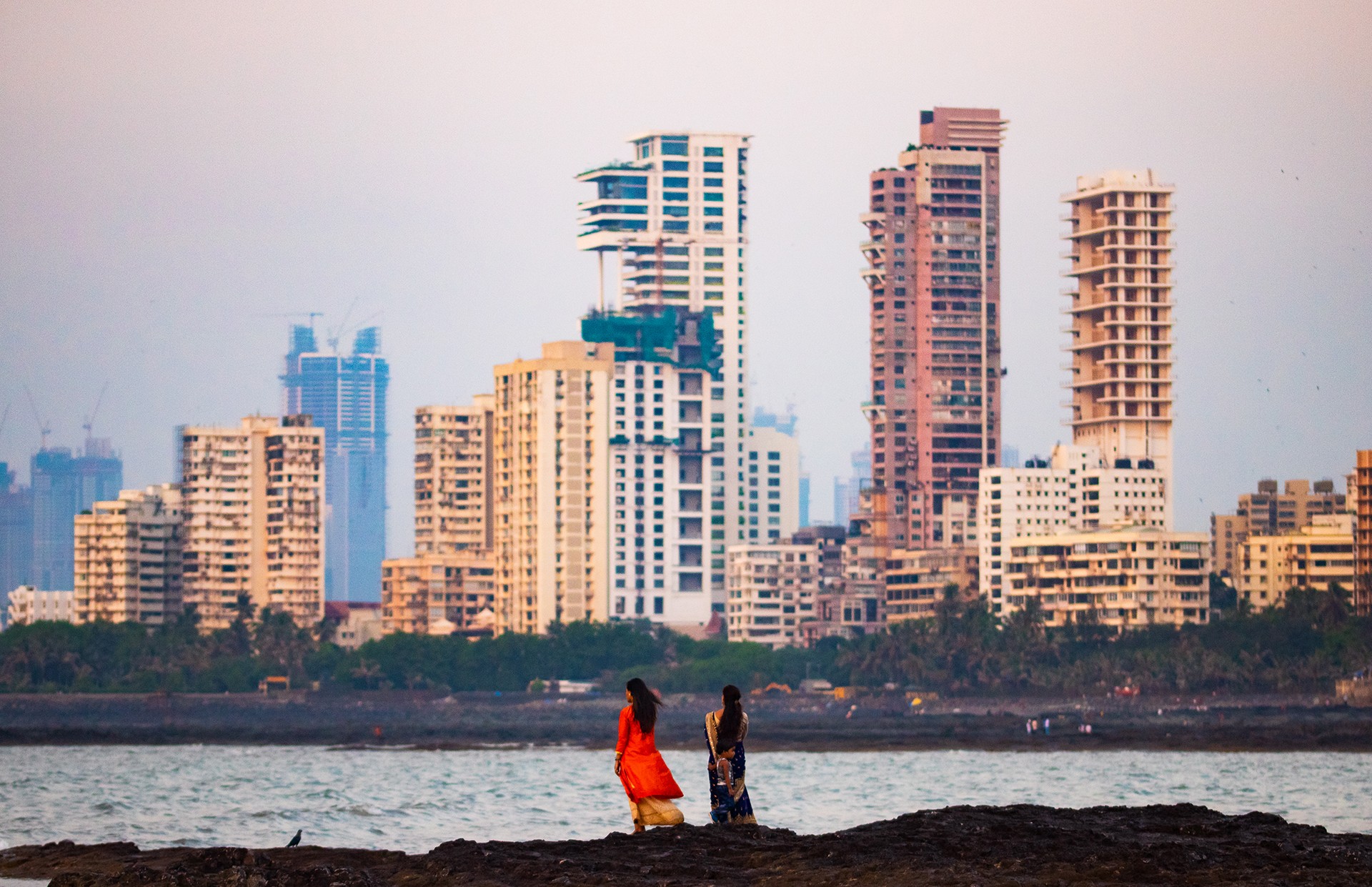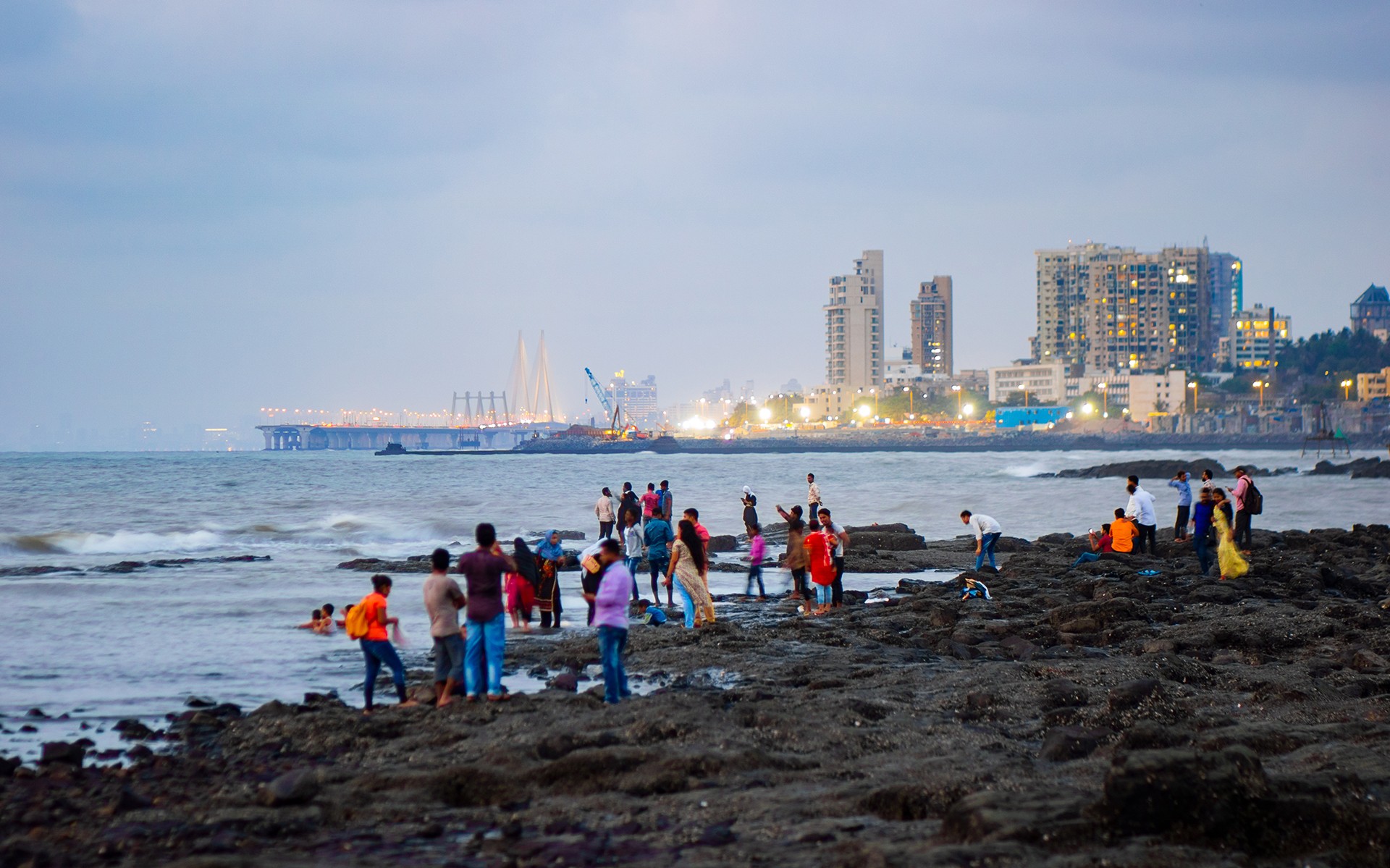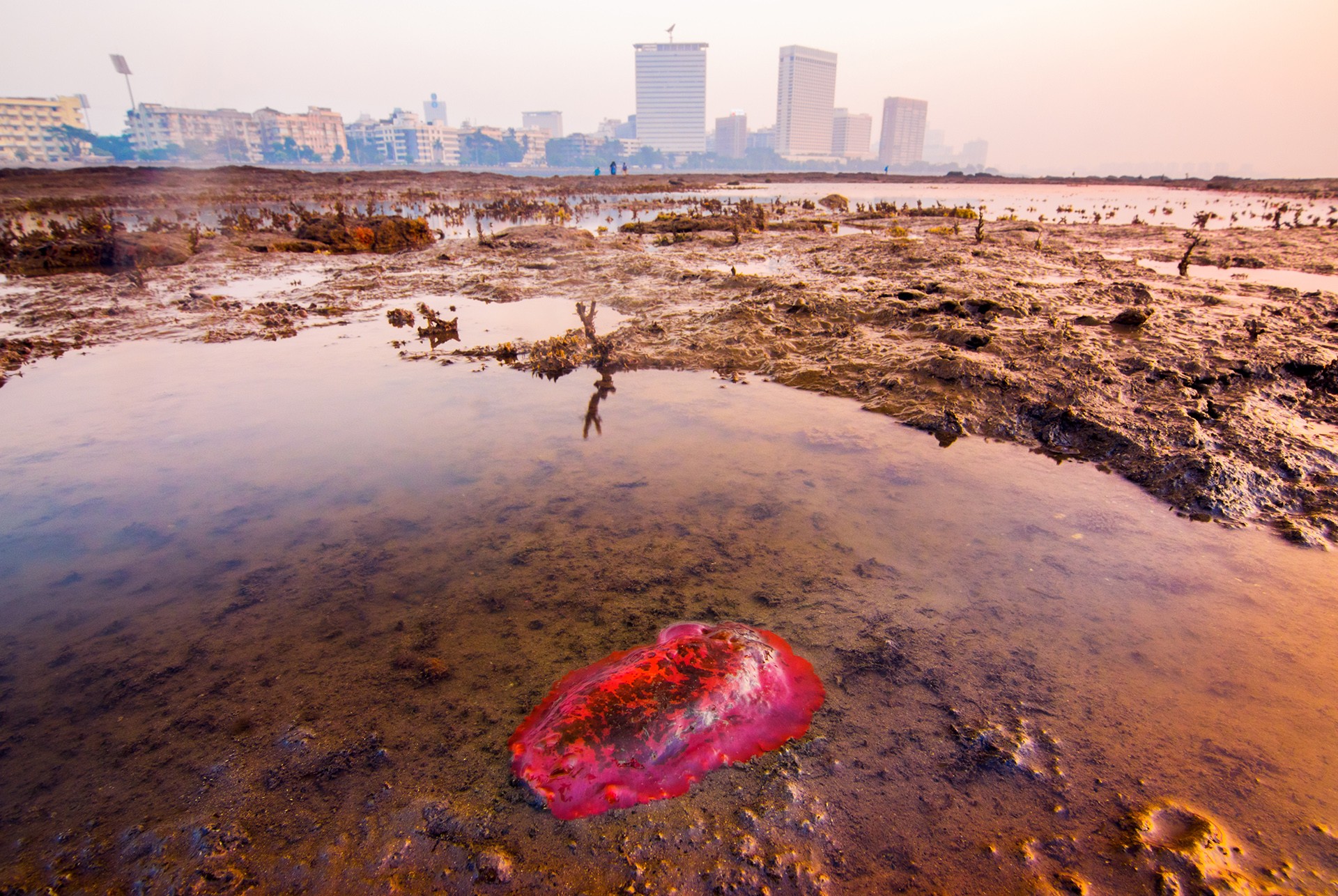Mumbai’s Coastal Road Project is a 29.2km long, 8-lane highway to be built along the western coastline of the city. The project was started by the BMC (Brihanmumbai Municipal Corporation) with the assurance that it will reduce traffic congestion and travel time while also creating more open public spaces. But over the past few months, citizen groups have taken to the streets to oppose the project, citing several environmental and infrastructural concerns. Finally, after hearing multiple Public Interest Litigations filed by activists, the Bombay High Court ordered a stay on all construction till the next hearing on June 3, 2019.
Here’s a quick rundown of why the citizens of Mumbai are protesting against this project:
1 – Where will the wildlife go?
Mumbai city’s shoreline is a treasure trove for marine wildlife, no less diverse than, say, a forest. Several species of fish, crabs, octopuses, squids, rays, eels and nudibranchs are regularly spotted here. Right behind the towering skyscrapers, you’ll find colonies of corals and their cousins, the zoanthids. But now due to the extensive reclamation that is being done for the Coastal Road Project, we are set to lose a large part of this marine treasure.
2 – Where will the tides go?
It is well known that Mumbai has a flooding problem; it is a defining characteristic of the city’s monsoons. It is now known that the disastrous 2005 floods were worsened by the large-scale reclamation of the Bandra Kurla Complex at the mouth of the Mithi river. In such times, when climate change is inevitable and cities the world over are preparing for a rise in sea levels, how wise is it to reclaim the seashore of an already vulnerable city? Meanwhile, no study has been conducted by the BMC regarding the impact of the coastal road on the tidal and flooding patterns in vulnerable areas.
3 – Where will the fishermen go?
Mumbai has a large population of small-scale artisanal fishers who are entirely dependent on the city's coastline for a livelihood. From catching fish using cast nets to collecting oysters by hand, these fishermen have been doing this for generations. Now their very access to these traditional fishing grounds is under threat. The fishermen of the Worli Koliwada have been up in arms against the reclamation at the Worli sea face for this very reason. They also fear that this will divert the sea water into their houses in the monsoon.
4 – False promises?
Experts have criticized the BMC’s stance that the project will decongest the city’s roads. Studies worldwide have proven that the best way to manage traffic and air pollution is to discourage private transport and invest in good quality public transport. Moreover, owing to the cost of the project (Rs 12,000 crore) and the percentage of the city’s population it will serve (around 2 lakh motorists a day which is just 2 per cent of the population) citizens are left wondering why the BMC cannot invest a fraction of that amount in improving the city’s existing public transport infrastructure.
5– A connection lost?
Mumbaikars have always had a deep connection with the city’s coastline. The coastal promenades and the rocky and sandy beaches remain the last stretch of open and accessible public spaces in a heavily space-deprived city. This organic connection and accessibility are set to be lost forever in many places, with the upcoming coastal road reclamation. Although the project claims to create more open spaces, activists have alleged that the figures for these open spaces are misleading and open to commercial exploitation.
6– What can you do?
Reclaim your shores, the right way. Visit the city’s coastline, document its richness and share it with everyone. Stay informed and spread awareness about its importance with your friends and family.
Follow these pages to stay updated on the issue:
Save Our Coast Bombay: Facebook | Instagram
Sagarshakti: Instagram
Marine Life of Mumbai: Facebook | Instagram
Join public protests to make your voice heard, and attend the court hearings if you can. The future of Mumbai, its coastline and its wildlife are in the hands of its citizens. It is time for them to step up and claim it.
For further reading:
Nikhil Anand writes about the Mumbai Coastal Road Project for The Wire
Shone Satheesh explains what the MCRP means for the city in this story for Firstpost
Sejal Mehta answers 10 questions about Mumbai's fragile coastline for Marine Life of Mumbai
